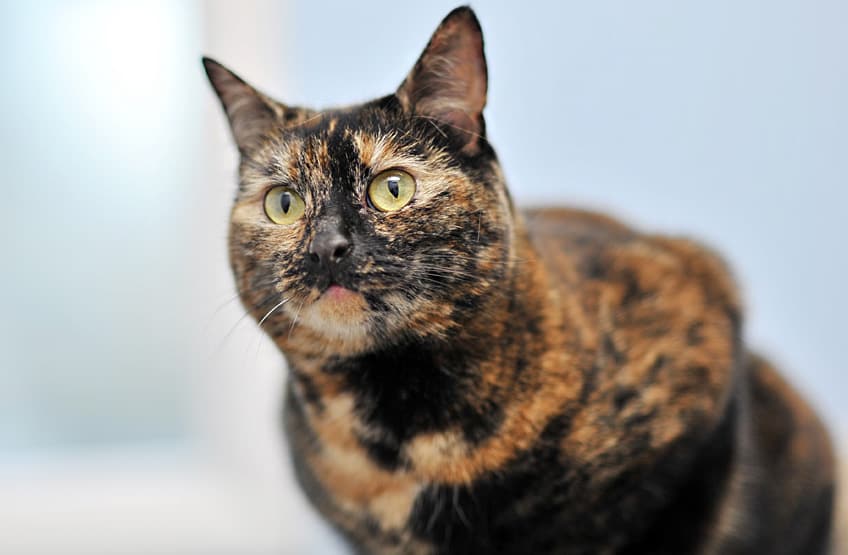If your cat’s an indoor cat, then microchipping might not be too high on your list of priorities. But if you regularly let your cats out, then microchipping can bring peace of mind.
No matter how far they wander, you’ll stand a greater chance of finding them should they get lost. Microchipping is particularly important if you routinely let your cats out overnight.
Anyone who’s ever owned an “outdoor cat” will be able to relate to the panic that descends when you wake up to find that your cat hasn’t come home.
But if your cat’s microchipped, you’ll always have somewhere to turn.
Microchipping cats – how does it work?
In a quick and simple procedure, a tiny microchip is inserted under your cat’s skin.
The chip itself is about the size of a grain of rice, and it’s inserted between your cat’s shoulder blades. Your cat will experience about as much pain as they do when receiving injections – that is, very little. Your cat will not be aware of the microchip’s presence once it’s in.
This microchip gives your cat their own unique code which is uploaded to a database. When the microchip’s scanned, it can easily be matched to your contact details. So if your cat is ever found missing, a quick scan and check of the database is all it takes to get them home and dry. Microchipping cats is one of the most effective means of keeping them safe when they’re out and about.
Collars and tags can easily get caught or removed. But microchips are permanent, and supremely effective at identifying your cat.
But that said, microchipping cats is only effective if you keep your contact details up to date. If you move house or change your telephone number after your cat’s gone missing, it’s vital that you inform whoever manages the database you’re registered with.
Do I need to microchip my cat?
While it’s a legal requirement in England and Wales to microchip all dogs over the age of eight weeks, when it comes to cats, you have a choice. But given that it’s safe, permanent, and almost always effective at reuniting lost cats with their owners, for many, microchipping cats will be a no-brainer. Even if your cat spends most of its time indoors, you can never totally eliminate the possibility that they might run away.
It’s all too easy for them to slip out of an open door or window when you’re not looking. It is also the only way of proving your cat belongs to you if they ever go missing and there is a dispute over ownership.
There’s other benefits to microchipping your cats, too. For example, if your cat’s microchipped, you can install a microchip cat flap in your home. This clever device is capable of scanning cats’ microchips as they approach, and they can be programmed to only open for your cats.
When should I microchip my cat?
It’s up to you. But it’s never too late to microchip your cat, it’s a good idea to do so as early as possible – certainly before your cat goes outside for the first time. Most cat owners wait until the second round of vaccinations before getting a microchip implanted or it can be done under general anaesthetic when your cat is neutered.
It's good practice to regularly scan your cats microchip to ensure it hasn't migrated and that it is still working. We can do this when they come and visit us at the vets for vaccinations etc.
What if I rehome my cat…
Just like you need to notify the microchip database if your contact details change, you also need to let them know if you’re rehoming your cat. If you’ve got any questions about microchipping cats, or about any other aspect of cat ownership, feel free to get in touch.



Our Services